What is Gliclazide?
gliclazide bnf is used to treat type 2 diabetes mellitus, a non-insulin-dependent diabetes that occurs in adults when factors such as diet, physical exercise and weight reduction are ineffective at controlling blood sugar levels.
Gliclazide tablets can be either short or long-acting and are only available on prescription.
How does it work?
Gliclazide activates beta cells within the pancreas and results in the increased production of insulin and results in lower blood sugar levels and the reduction of diabetic symptoms. . . . . . . . . . . . . . . . . . . . . . . . . . . . . . . . . . . . . . . . ............. ........................
The hypoglycemic action of Gliclazide is due to the stimulation of pancreatic islet cells, causing an increase in insulin secretion. For Gliclazide to be effective, there must be a minimum number of viable B cells, which does not occur in the case of Type 1 Diabetes or severe Type 2 cases. Although structurally similar Glibenclamide, Gliclazide has been shown to produce fewer cardiovascular effects. Gliclazide has also been shown to have antioxidant effects protecting tissues from attack by free radicals. Thus, at 6 months of treatment, significant regression of the left ventricular mass is observed compared to Glibenclamide’s effect.
What are the benefits of taking it?
Gliclazide is a medicine that reduces blood sugar levels (oral antidiabetic medication that belongs to the group of sulfonylureas). Gliclazide is used to treat a certain form of diabetes in adults (type 2 diabetes mellitus), when diet, exercise, and weight loss alone do not have an adequate effect in keeping blood sugar at adequate levels.
How do I use it and its dosage?
Dose
Always use this insulin resistance medicine exactly as your doctor has told you. Ask your doctor or pharmacist if you have doubts.
The dose of gliclazide is determined by the doctor, depending on the levels of sugar in your blood and possibly in your urine. Changes in external factors (for example, weight reduction, lifestyle change, stress) or improvements in blood sugar control may require changes in the dose of gliclazide.
The recommended starting dose is one tablet (30 mg) once a day. The dose can vary from one to a maximum of four tablets (30 to 120 mg) in a single dose with breakfast. This depends on the response to treatment.
If the control of blood glucose levels is not adequate, your doctor may increase your dose in successive steps, usually separated, for at least 1 month.
If you start a combination therapy of gliclazide with metformin, an alpha-glucosidase inhibitor, a thiazolidinedione, a dipeptidyl peptidase-4 inhibitor, a GLP-1 receptor agonist or insulin, your doctor will determine the correct dose of each medicine for you.
Contact your doctor or pharmacist if you notice that your blood sugar levels are still high or too low.
Side effects & precautions
Like all medicines, this medicine can cause side effects, although not everybody gets them. Tell your doctor immediately if you experience any of the following serious side effects:
Common (may affect up to 1 in 10 people):
- Hypoglycemia (low blood sugar). If left untreated these symptoms can progress to drowsiness. loss of consciousness, and possibly coma. You should immediately seek medical attention if the episode of low blood sugar is severe or prolonged, even if temporarily controlled by sugar intake.
Uncommon (may affect up to 1 in 100 people):
- Abdominal
- Sickness
- Vomiting
- Indigestion
- Diarrhea
- Constipation
These effects are reduced when gliclazide is taken with food as recommended. Rare (may affect up to 1 in 1,000 people):
- Decreased number of blood cells (eg platelets and red cells) that can cause paleness, prolonged bleeding, bruising, tiredness, headache, shortness of breath, or dizziness. These symptoms usually disappear when treatment is stopped.
- Skin reactions such as skin rash, redness, itching, and hives.
- Impaired liver parameters.
- Your vision may be affected for a short time, especially at the start of treatment. This effect is due to changes in blood sugar levels.
- Decreased number of red or white cells, or platelets in the blood, which can cause tiredness, shortness of breath or paleness, fever, severe chills, sore throat or mouth ulcers (reduction of white blood cells), bleeding or bruising with more normal ease or bleeding from the nose.
- Inflammation of the liver (hepatitis), which can cause nausea, vomiting, loss of appetite, feeling generally unwell, fever, itching, yellowing of the skin and eyes (jaundice), light-coloured stools, a dark discoloration of the urine.
- Serious skin reactions such as redness of the skin, blisters on the lips, eyes or mouth, peeling of the skin, fever (Stevens-Johnson syndrome) and toxic epidermal necrolysis); Exceptionally, signs of severe allergic reactions have been initially reported as flu-like symptoms and facial rash, followed by a prolonged rash and high.
- Angioedema can cause rapid swelling of tissues such as eyelids, face, lips, mouth, tongue, or throat that can cause difficulty breathing.
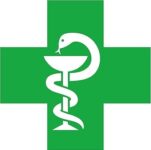


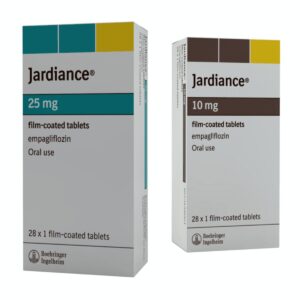
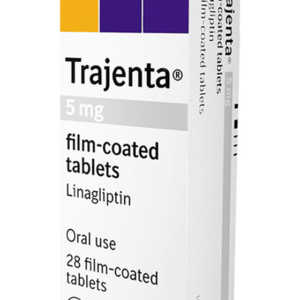
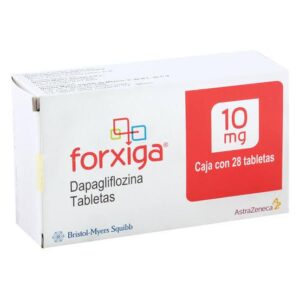
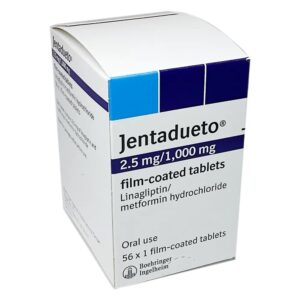
Reviews
There are no reviews yet.